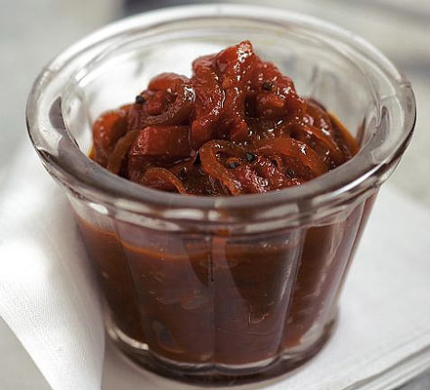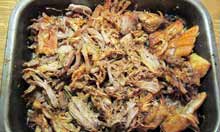We treated ourselves to another trip to Morocco this month. I went with the expectation of doing not much but having my taste buds stimulated. Moroccan food can be fabulous but when I’ve tried to make it myself the results haven’t been terribly impressive.
I am particularly keen on tagines, and one of the best I’ve ever had was Chicken with Olives and Preserved Lemons.
I’ve bought commercially preserved lemons before and always found them decidedly unattractive in appearance and in flavour – being nothing more than small lemons dropped into brine. Yuch! They are quite expensive too!
Once my mind was in ‘North African mode’ I got myself organised and made these preserved lemons a month before we travelled. It’s about ten minutes of work and then leave them alone for a month.
I recommend organic lemons but I get mine from Aldi as they are only £0.17 each. I’m not sure whether they are organic or even unwaxed: so I give them a brisk wash in hand hot water with a spritz of white vinegar then rinse.
You don’t even need a preserving jar – a cleaned and sterilised jam jar works just as well.
Ingredients
- 4 lemons (unwaxed and preferably organic) per 400ml preserving jar
- 4 teaspoons salt
- An extra lemon for juicing
- Water that has been boiled and cooled
Instructions
- You can make however many preserved lemons you like, but roughly 3 or 4 will fit per pint-sized jar.
- Thoroughly clean the lemons and trim the nubs off both ends.
- Stand the lemon on its end.
- Quarter each lemon, slicing a cross into one end of each lemon, going about two-thirds of the way he way to leave the slices attached at the end and fan out the four segments.
- Put one teaspoon of salt into the cavity of each lemon.
- Add a teaspoon salt into the bottom of the jar.
- Put the first lemon in the jar, open side down,
- Press firmly so that the lemon juice leaks out.
- Press the second and third lemons on top of the first giving each a firm press.
- The jar should be about half full of lemon juice.
- If not half full of juice repeat with the fourth lemon.
- Put a teaspoon of salt on top of the last lemon.
- Pour the boiled & cooled water into the jar to fill it to the top.
- Screw the lid on and add a label with todays date and give it a shake.
- Leave the jar to sit at room temperature for a week, turning the jar over and giving it a shake a couple of times per day. (I leave mine by the side of the hob so I remember to do this)
- After a week transfer the jar to the refrigerator and leave for three more weeks before using.
- Store in the fridge, will keep for at least 6 months.
To use the lemons it is the rind you want so remove from the jar, place on a chopping board and scrape away the lemon flesh and pips with the back of a knife and optionally rinse the rind under a cold tap to remove excess salt. Slice the rind into strips – thin or thick to suit the recipe. In the Chicken and Olive tagine I slice the rind segments in quarters again ….
The shredded rind makes a great addition to a boring old salad


















